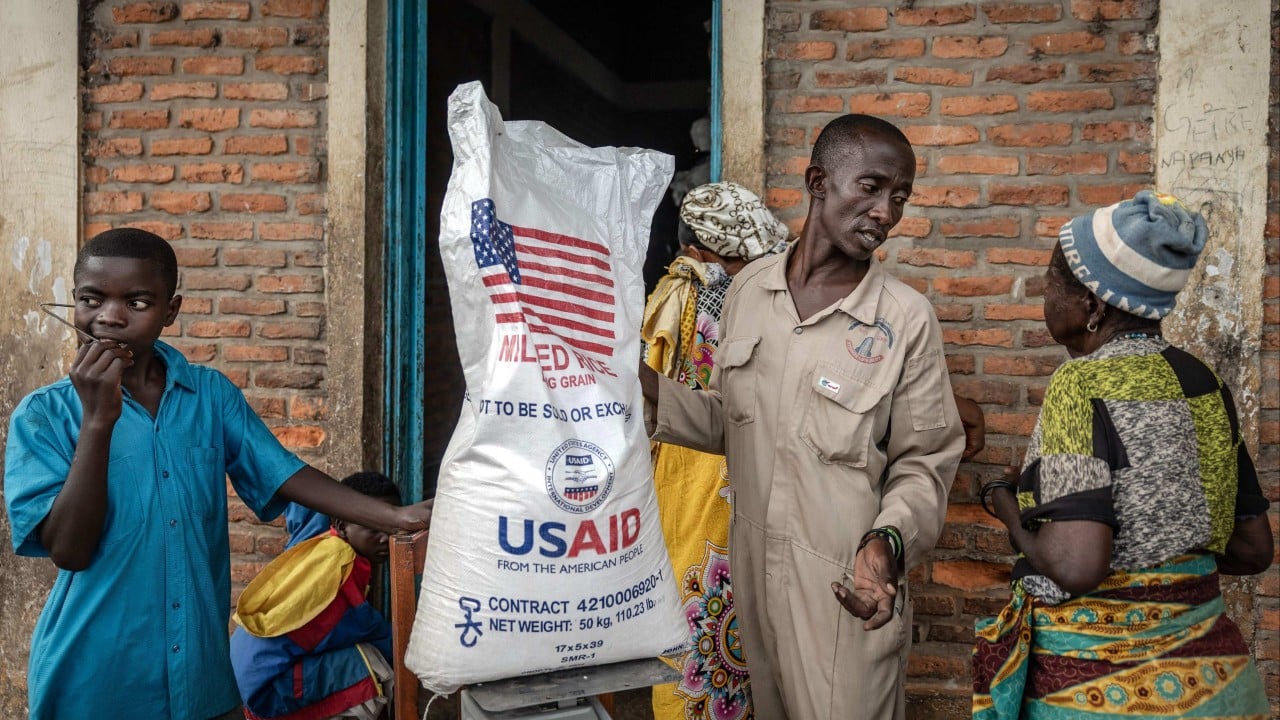For developing nations, the storm clouds of deglobalisation and climate change grow darker by the day. These challenges demand an increasingly prominent role for the state, not only as a buffer against the economic shocks that disproportionately harm the most vulnerable but also as an architect of resilience.
Advertisement
Governments in poorer countries must fund vast investments in infrastructure, sustainable energy, healthcare and education to inject dynamism into their economies. But the unresolved question looms: where will the money come from?
Regrettably, little progress has been made in boosting the tax-raising capacity of developing nations. Tax revenues, if donor grants are excluded, have remained largely stagnant at around 12-13 per cent of gross domestic product – an alarmingly low figure. For years, budget gaps were plugged by aid from richer nations.
Yet this lifeline is fraying. Official development assistance (ODA) is in steep decline as fiscal pressures, rising interest rates and growing defence budgets put foreign aid on the chopping block.
America’s retreat from foreign aid has been particularly pronounced – an unsubtle combination of fiscal hawkishness and aversion to “woke” goals like climate action. But Europe’s cuts are no less telling. Among wealthy nations, only four small countries still meet the United Nations’ ODA target of 0.7 per cent of GDP. By 2025, global ODA is expected to shrink dramatically, reaching US$164 billion, down from a US$213 billion peak just two years earlier.
Advertisement
Worse yet, multilateral institutions like the World Bank are unlikely to offset these declines. Prospects are dim for the capital increases proposed for these institutions requiring Washington’s assent. For poorer countries, these trends signal a harsh truth – external support is shrivelling up with no plausible prospect of a return.

